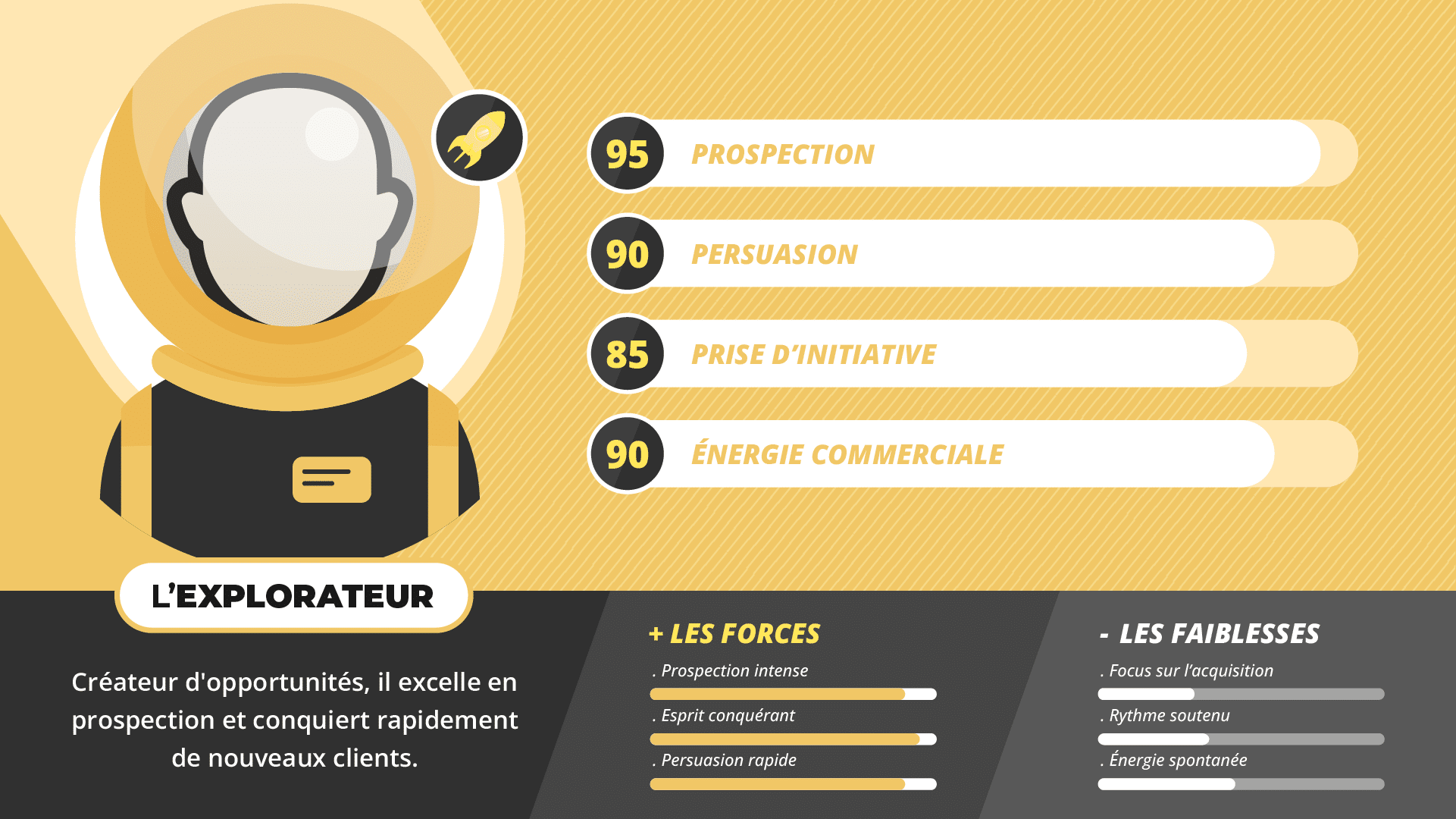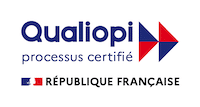There is significant potential for business development, on one condition: being able to evolve in methods, strategy and customer relations.
So how can these professions, used to handling incoming calls, take advantage of this opportunity? What organization should be planned? What are the winning strategies ?
The change in legislation results from the convergence of three factors:
– the State's desire to establish a competitive environment in order to reduce costs for the public,
– technological innovation that allows us to work differently and to win on low added value tasks, with a reduction in production costs and reliability of results,
– consumer behavior , who need information and are increasingly independent in their research and comparisons.
The rules will therefore evolve and for lawyers, notaries and accountants, who have always been part of the triptych "receive an incoming call / provide the service / invoice", it is a real revolution that will take place, a 180° paradigm shift! And therefore great development opportunities for those who will be able to adapt to their new environment!
Moving from needs to business development challenges
To take advantage of this, the key will be to move from an approach focused on customer needs to a posture that takes into account the issues as a whole. In other words, we will no longer be able to simply respond to what the customer expressed. Rather, it will be a matter of placing the request in its general context in order to take into account other factors, to add complementary elements to the sole expression of needs and to lead the requester, the customer, towards an enriched service .
Where, for example, an accountant responded to the need for VAT declaration, preparation of pay slips and filing of tax returns, tomorrow he will have to consider his client's sector of activity, its competitive environment, its characteristics in order to propose optimized management solutions. As we can see, this inversion of the relationship represents a significant potential for additional sales provided that the players are able to develop their capacities to advise in a fine and relevant manner . This change will require a lot of internal work, reflection, strategic analysis to seek to differentiate its offer in terms of substance and form and to move from a passive commercial mode to an active commercial mode.
How to solicit your customers?
Clearly, the prospecting process will not happen naturally because it is not part of the culture or habits of the professions concerned. That said, before going looking for market shares, you will first have to work on your own customer portfolio .
The first step will therefore consist of segmenting it in order to identify those who display the most relevance in terms of business potential and commercial development. To do this, it will be necessary to define and characterize the client who is most aligned with the service offering of the firm or study . And then to initiate proactive action with each of them in order to better understand their respective contexts and propose offers before the client has expressed a need. A lawyer, for example, can easily multiply his volume of contacts with his clients. Mathematically, by concentrating time on those with the highest potential, he gives himself every chance of developing his turnover.
Firms and studies that know how to create opportunities and pretexts for good commercial conversations will therefore have every chance of increasing the average basket of active customers.
Learn how to manage customer relationships!
For these professions, the main risk lies in the flight of customers to more competitive competitors . However, the clientele is not spread across several service providers, with the possible exception of the lawyers' clientele. A client who leaves means 100% of their budget is lost! It is therefore imperative to generate and consolidate points of contact, to be aligned with the needs of the customers. And to the extent that the regulated services are substantially the same, the difference will also be played out in the ability to cultivate the customer relationship .
To retain their active clients and offer a competitive offer, firms and studies can seek to identify low value-added tasks in order to produce cheaper and faster (technology makes this easy today; at a notary's office, for example, you should no longer have to sign the hundred pages of a sales deed using any other means than electronically!). By remaining efficient on these offers, they keep a point of contact to then bring the client to high value-added services .
But addressing customer relations also means discussing customer experience . That is to say, beyond targeting and customer knowledge, lawyers, notaries and accountants will have to revisit the way they offer their services to their clients for their business development.
The challenge? To move the customer from “I am satisfied” to “wow! what I am being offered is unique!”
This approach is already mature in retail and in non-legal activities in B2B and there are now tools, techniques and methods that allow you to be efficient. The objective for notaries, lawyers and accountants who wish to take advantage of the new framework to really develop their business will be to appropriate them as quickly as possible in order to structure their commercial development .
Et cela ne se fera pas en quelques jours de formation dans une salle. C’est au contraire une évolution qui réclame une action durable et régulière. Kestio répond précisément à ce besoin de pilotage continu, pragmatique, et permet non seulement de travailler en amont sur le fond mais également de rendre opérant les changements pour les inscrire dans la durée. Ses experts maîtrisent toute la chaîne de valeur de la relation commerciale et le format court et régulier garantit l’imprégnation des bonnes pratiques et la réussite d’une conduite du changement annoncée !






